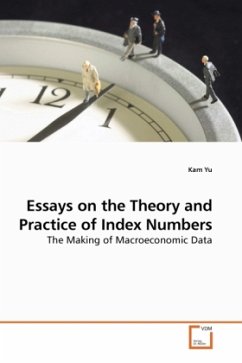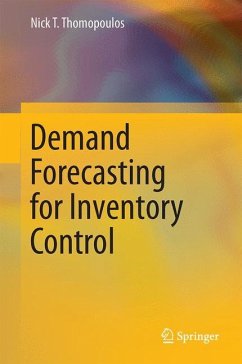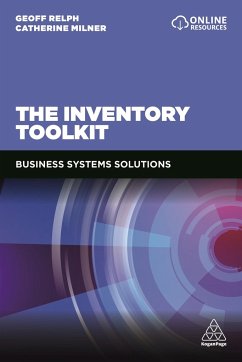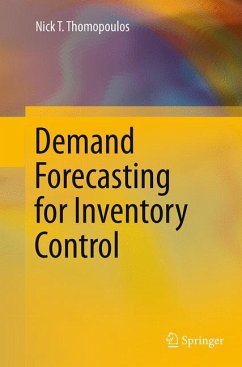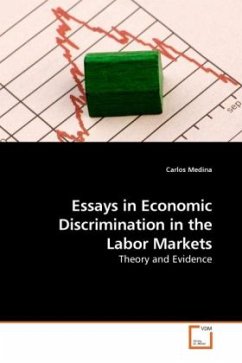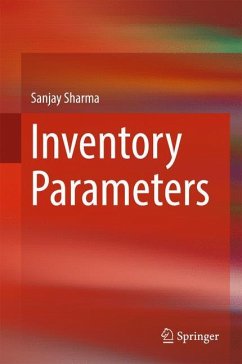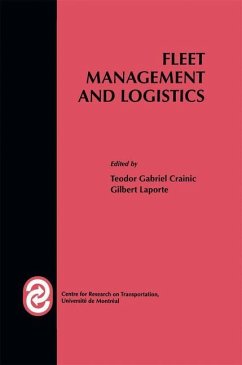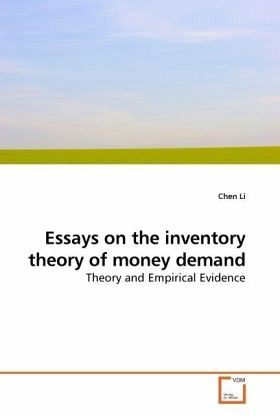
Essays on the inventory theory of money demand
Theory and Empirical Evidence
Versandkostenfrei!
Versandfertig in 6-10 Tagen
32,99 €
inkl. MwSt.

PAYBACK Punkte
16 °P sammeln!
The inventory theoretic approach, first developed by Baumol (1952) and Tobin (1956), served as one of the most important theoretical frameworks in monetary economics. Nevertheless, the traditional inventory theory was built on the partial equilibrium frameworks, the income elasticity prediction is inconsistent with the empirical finding by Lucas (1988,2000) that it should be one, though the predicted interest elasticity is correct at the value of 0.5 empirically. As a major theoretic extension of the existing inventory theory of money demand, this book investigated the theoretical and empirica...
The inventory theoretic approach, first developed by Baumol (1952) and Tobin (1956), served as one of the most important theoretical frameworks in monetary economics. Nevertheless, the traditional inventory theory was built on the partial equilibrium frameworks, the income elasticity prediction is inconsistent with the empirical finding by Lucas (1988,2000) that it should be one, though the predicted interest elasticity is correct at the value of 0.5 empirically. As a major theoretic extension of the existing inventory theory of money demand, this book investigated the theoretical and empirical implications of the general equilibrium inventory theoretic approach to the demand for money. Specifically, it provides a positive theory to explain the key parameters that shape the demand for money the income and interest elasticity of money; more importantly, it provides a unified framework to explain the pattern of the last 40 years of US demand data for M1.




